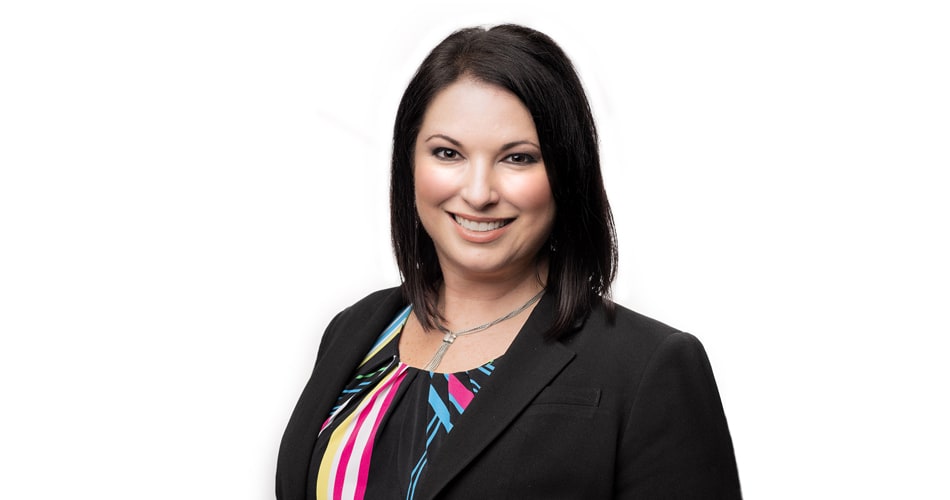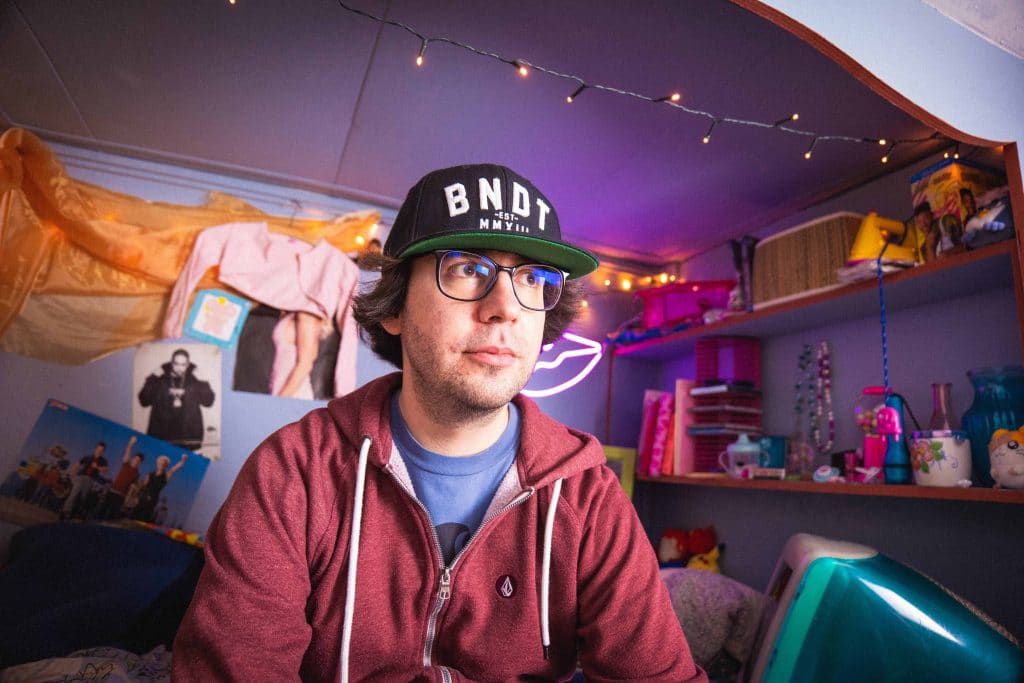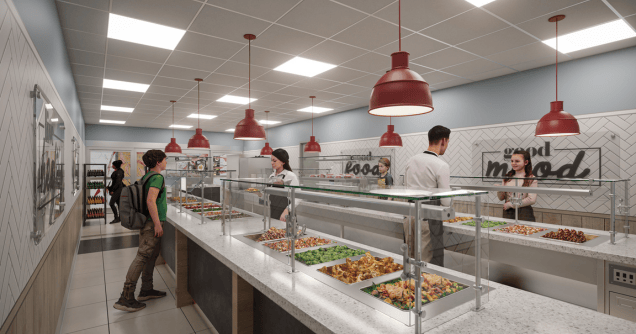
As foodservice industry professionals, we are all seeing a multitude of articles, posts and opinions about the future of foodservice design and the impacts that Covid-19 will have on both front-of-house and back-of-house applications moving forward. The creativity, varied perspectives and insights our foodservice colleagues have shared are precisely what makes this industry so incredible.
At the end of the day, we all want to get back to what we do best – being of service and providing nourishment and solutions to people, both domestically and around the globe. But how we go about doing so, successfully and safely, has industry experts professing a broad spectrum of absolutes, where a viable probability and best case scenario, likely rests somewhere in between.
Two possible futures?
In one camp, there are individuals who believe the ideal solution is to pull salad bars, buffets and any self-serve installation from dining facilities, to be replaced with either full-service or pre-packaged, grab and go offerings. Let’s break this down, shall we?
Scenario A: self-service goes away
Transitioning from self-serve to full-serve presents a couple challenges, namely, labor costs, recruitment and retainment of skilled labor, coupled with reduced revenue to support compensation requirements. It will be interesting to see where the ‘Fight for $15’ lands, when foodservice establishments have been running on empty, with the check engine light on metaphorically, since early March. One could argue that due to the record high unemployment rates, previously unattractive roles such as dishwasher, line cook, host/hostess and such may become far more enticing, as people need to get back to work.
But assuming this becomes, even if in part the interim reality, not every foodservice establishment is set up, financially or logistically, to have every station be staffed. What comes of the existing footprint in a venue? Do salad bars lay idle, like sad waterparks having seen better days, fading in the desert? What we don’t want is for foodservice venues to remind us what was, of hypothetically ‘better days,’ pre-pandemic.
Instead, how might we retrofit these offerings to be both safe and versatile? Perhaps it will require collaboration amongst manufacturing entities, such as between food shield, drop-in and counter fabricators, along with warewash solutions providers, to identify and leverage synergies. How about incorporating utensil washing or sanitizing equipment into, or adjacent to, self-serve offerings? Maybe UV lighting will be introduced for its sterilization capabilities, although there’s certainly challenges engineers still need to work through, as it relates to its impact on food and other surfaces.
Scenario B: all pre-packaged grab & go
The other, oft-touted option of late, is to shift towards pre-packaged food offerings. But this, too, presents its own unique set of challenges. It wasn’t all that long ago that we were barreling towards the ban of plastic straws. Now, all of the sudden, we’re fine with exponentially increasing the amount of disposables in circulation, along with the carbon footprint required to manufacture them?
Prepackaged food while convenient, reduces already lean margins due to having to incorporate the cost of the packaging itself into overall food costs. Further, the likelihood that unselected items would, or even could be repurposed, drops drastically. Operators cannot turn a sandwich into anything other than what it was meant to be.
Conversely, unused steamed vegetables can be adapted into a plethora of menu items for future service; soups, sauce bases, pasta primavera, and the list goes on. But of all issues that are presented with a sole or primary reliance on prepackaged offerings, one of the most difficult to overcome is that we have spent the past decade or more creating a foodservice culture where customization is king.
Consumers, in both the commercial and non-commercial sectors have gotten used to being presented with the flexibility to select what they want, the way they want it prepared and in the quantity they desire.
A pre-packaged salad with cilantro or beets, for someone like me who despises them? Not going to happen, even if all the other ingredients are on point. Perhaps this pandemic will encourage people to be a bit more understanding and flexible. But palates don’t change all that much. While guests may be willing to wait a bit longer for the food they’re served, they still want to be the primary decision-maker in what that food consists of. All of this doubles down in likelihood, as industry findings and projections point to a future in which we’re going to be paying more for the food we receive.
Flexibility and safety win the day
So, what does all this mean for manufacturers, design consultants and operators? While none of us have the proverbial crystal ball, undoubtedly the most successful foodservice landscapes will be the ones in which flexibility, and of course safety, win out. Designing, engineering and operating in a world of absolutes will keep our industry in a reactionary, stagnant state. While we need to respond to the current climate and reinstate a sense of safety and wellbeing for our customers, we still need to design solutions and footprints that will work both today, along with 5, 10 and oftentimes 20 years from our current environment.
Heading into the pandemic, there was an emphasis on equipment and supplies (E&S) manufacturers to design products that promote and enable flexibility and oftentimes, modularity. This trend allows operators to transition equipment and update menu offerings to meet shifting consumer demands and expectations.
Do I believe that we or our customers – whether they be operators or the guests they serve, will be willing to live in a world without choice? I do not.
The industry is looking to each of us to provide answers and solutions. As we do so, I encourage each of us to think about not just where we came from, but all the ways in which we can potentially evolve to become even stronger, once this is said and done.
And the only way for this to occur is for us to not solely look at the options and offerings we’ve created in the past, but how we may be able to leverage synergies, reach across and beyond our respective silos to develop systems, offerings and options that we’ve never previously considered. That, ultimately, is what choice and positive disruption is all about.
Stephanie Gilbert is vice president of sales & marketing, Food Service Holdings, comprised of BSI, English Manufacturing & Colorado Custom Stone



